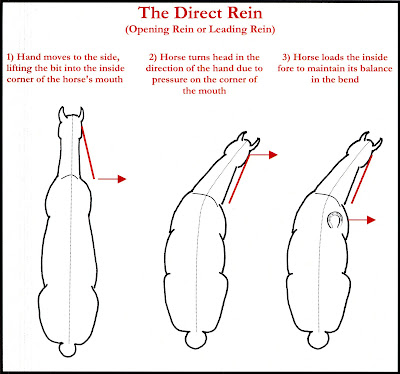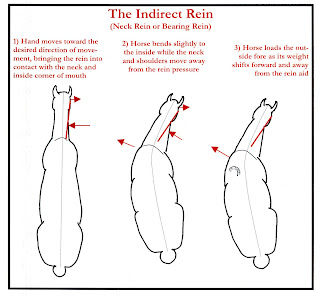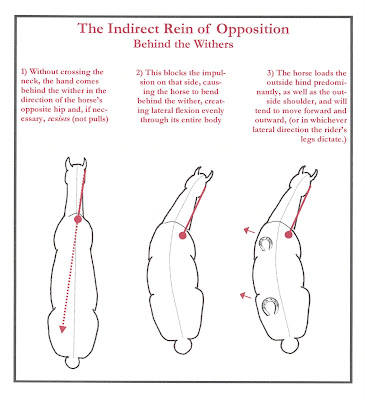I ride regularly with three people. Two have their gold medals et al (all their bars too). The third has her bronze and silver on a horse that, believe it or not, I trained from the ground (purchased as a 2 year old) and sold to one of her clients at age 14 after I earned my silver; so, a little different scenario than most. All three have been through the L judging program and one has been a USEF S judge for at least a decade. The three all ride with each other occasionally - eyes on the ground for each other. They all bring something a little bit different to the table, but their overall approach is complementary and similar. Because they all know each other (we’ve all gone out together as well) and know I’m their ‘student in common’ I can, without insult or disrespect ask for clarification if I think something is conflicting or confusing. So, I’m the type to choose a program and find those consistent with that type of a program.
I actually train/ride/compete two horses and have also found that of these 3 individuals, they each do ‘better’ with one or the other of my horses but that’s not a surprise to me. Humans and animals have their preferences. As to the why I ride with 3 people - availability of their time first and foremost. It helps to get the perspective of one actively judging (person A who is often unavailable due to her judging and coaching schedule). The one who is competing actively with CDI eligible mounts (person B who is very accomplished, very good trainer and instructor but is gone when she shows) is a master at biomechanics. The third one (person C) has the best dam eyes on the ground and a bazillion exercises in her back pocket. Of course, person C has more availability, and she will watch my lessons with the others on occasion and then help me keep on track.
I do want to point out that while I agree a bronze medal is a great accomplishment (I’m certainly proud of mine and the efforts it took to get it), it doesn’t have any bearing on one’s ability to train or teach BUT just because a person doesn’t have their silver or gold or, or, or any other public accolade does NOT mean that person isn’t good at teaching/training nor does it confirm a lack of knowledge. Some of those I’ve had the benefit of learning the most from either didn’t have any medals or just had their bronze.
I will not sacrifice my horses’ wellbeing. I would not ride with any of the three if I felt that it was to my horses’ detriment. I would approach a problem like yours from two angles. First, I would ask for clarification from the bronze medalist, and I would do so with video in hand. I often will find things eye-opening when I view a video and compare it to what I thought I felt. I think this might be the only way to get on the same page to determine if the bronze medalist has a valid point to teach that isn’t counterproductive. I would also review the same video with the higher level/more accomplished trainer and ask the same of her/him. Being the type of person I am (often too abrupt and direct for most) before viewing the video I would tell each what I’m doing and why I’m doing it. If either has a problem with it then I would go to plan B and that is find another means to keep my boarding spot - ride another horse in lessons, see if lunge lessons on another horse is an option, pay the extra but don’t ride, pay bronze medalist for her time to come watch lessons with the other trainer and then pay her to be ‘my eye on the ground’ with the agreement/focus that she is to help maintain a consistent program - it can be done if all parties are agreeable. Also, I would be beating the woodwork for a plan C which would be looking for a private facility with space/turnout, ie another viable boarding option.






